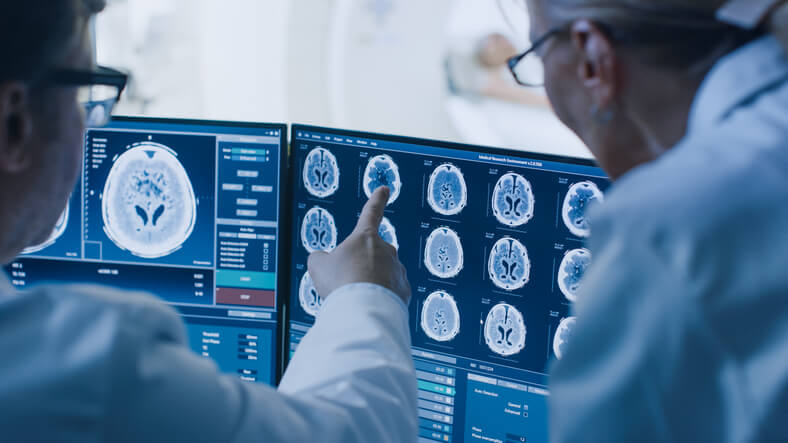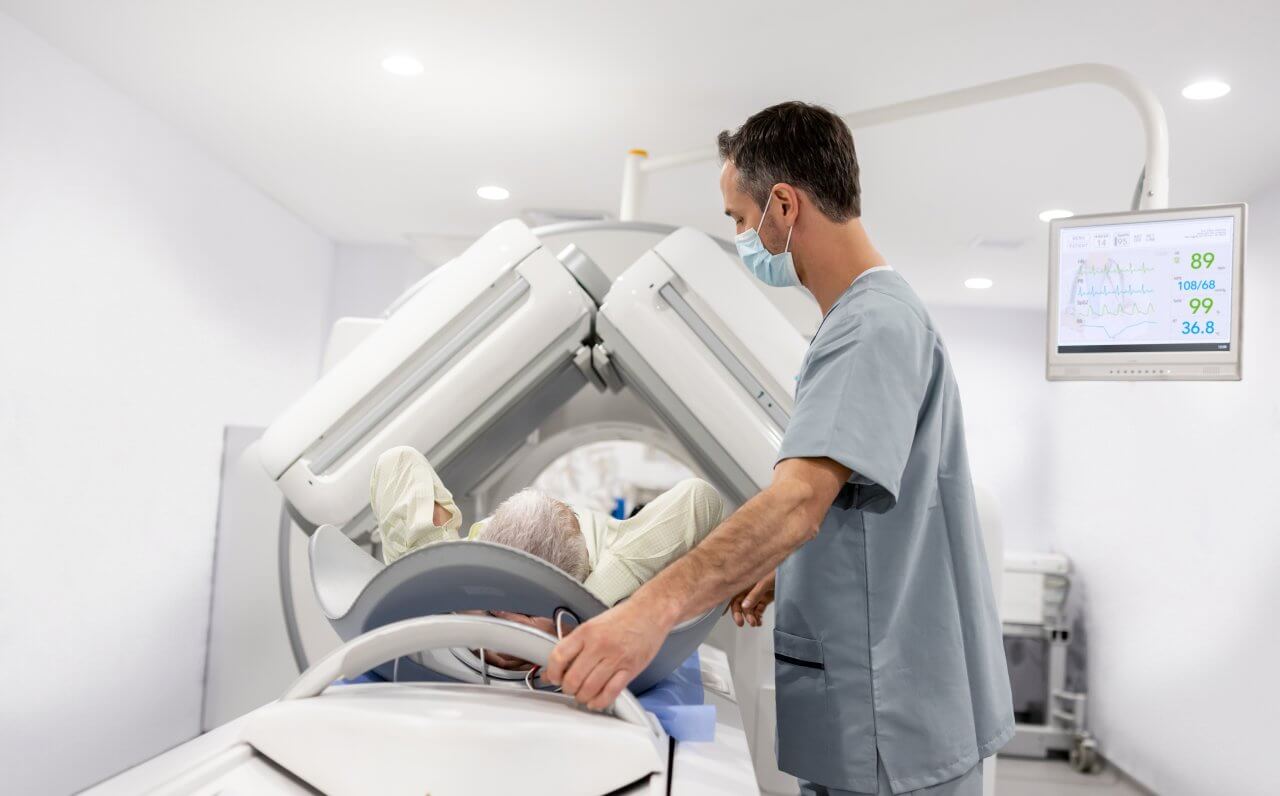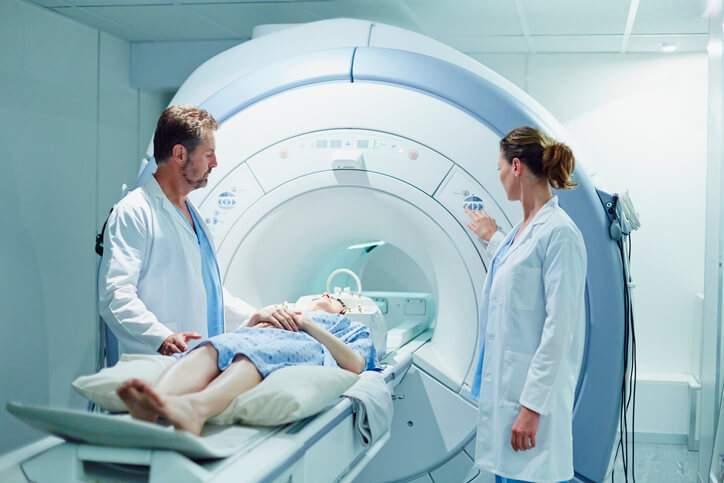MRI vs MRA: What’s the Difference?

People who have an imaging test prescribed by their doctor may wonder about MRI versus MRA scans, and what their differences are. An MRI (magnetic resonance imaging) scan is a procedure that generates pictures of organs, bones, and tissues. An MRA (magnetic resonance angiography) is a type of MRI that can provide images of the more than 100,000 miles of blood vessels in the human body. Both procedures are painless and non-invasive. They work by bouncing radio waves off structures in the body to generate pictures. Doctors use these images to diagnose diseases, check on disease progression, or confirm that treatment is having the desired effect.
MRI vs. MRA Differences
What’s the difference between an MRI and an MRA? While the tests are similar, they do vary in certain ways.
Preparing for an MRI vs. an MRA
If you’re having an MRI or MRA, your doctor will provide instructions on how to prepare. First, they’ll ask you to tell them if you’ve recently had surgery, have health problems like asthma or kidney or liver disease, are pregnant or might be pregnant, or have any medication or food allergies.
It’s also important to tell your doctor if you have any devices in your body containing metal such as pacemakers, pacing wires, cerebral aneurysm clips, TENS units, or inner ear implants since MRI and MRA scans use strong magnets. Some darker tattoo inks contain metal, so you should tell your care team about them as well. In most cases, you’ll be asked not to eat or drink for 4-6 hours before the procedure.
Procedure
Before the procedure starts, you’ll change into a hospital gown or “scrubs,” and remove any jewelry. In some cases, your doctor will give you an injection of dye that makes it easier to see the tissues and structures inside the body. You may also be given a sedative if you are claustrophobic.
Next, you’ll lie down on a table that then moves inside the MRI machine. The tech who’s administering your scan may gently apply straps that help you hold still during the procedure.
During the test you’ll hear loud banging, thumping or tapping noises. This is the machine doing its work and is completely normal. You may feel your muscles twitch slightly, as the machine can stimulate your nerves. You can talk with your tech during the test, which lasts between 20 and 90 minutes, depending on the types of images being captured.
What Each Test Diagnoses
Generally speaking, an MRI generates images of organs, bones, and tissues, whereas an MRA focuses on blood vessels.
An MRI can help diagnose:
- Tumors, which are masses that can be cancerous or benign (noncancerous)
- Bulges in brain arteries called aneurysms
- Stroke, which is an impairment of the brain’s blood supply
- Multiple sclerosis, a disease in which the immune system destroys the protective covering of nerves
- Problems affecting the eye or inner ear
- Spinal cord damage
- Traumatic brain injuries
An MRA can help diagnose:
- Aneurysms in the abdomen, chest or other areas
- Arteriovenous malformations, which are problems with the connections between blood vessels
- Atherosclerotic disease, which is a build-up of material in arteries that inhibits blood flow
- Narrowed leg arteries and vessel obstructions
- Coronary artery disease
- Congenital blood vessel abnormalities
- Kidney artery disease
- Damage to arteries caused by injuries
- Splitting of the aorta or its major branches
- Lung artery blood clots or malformations
Learn About Other Imaging & Diagnostics Exams
MRA and MRI scans are powerful tools for diagnosing and addressing injury and disease. Painless and relatively fast, they provide important information that your doctor can use to determine the optimal treatment for your condition.
If you’re interested in learning more about how various imaging and diagnostics exams differ, check out our blog on the difference between an MRI and a CT scan.
Baptist Health provides safe and efficient inpatient and outpatient diagnostic imaging for adults and for children. As one of the area’s most advanced diagnostic imaging centers, our services are fully integrated with our excellent medical care. In this way, we work together to detect the earliest signs of disease or injury and provide expert treatment.



